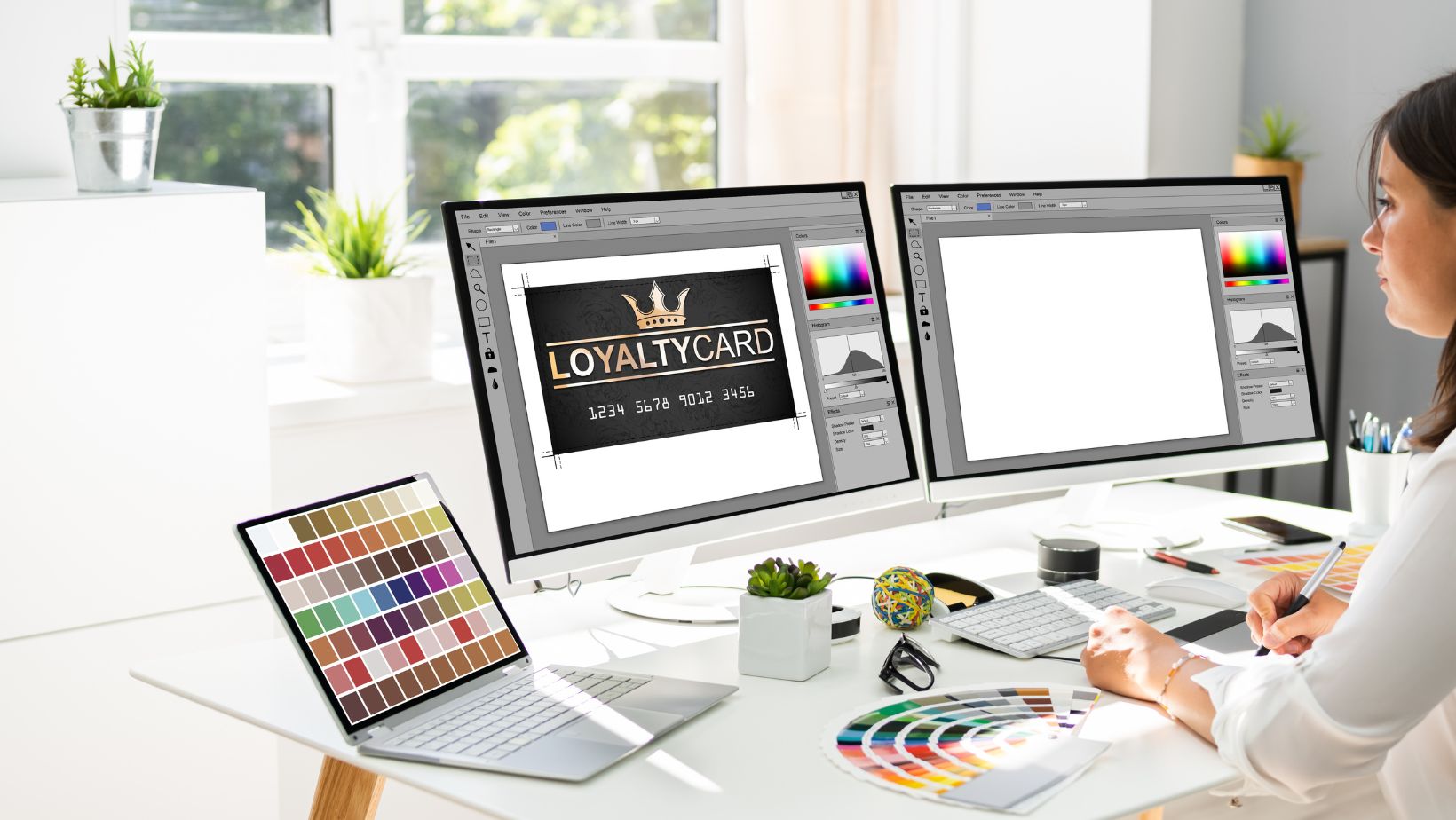Whether you’re a musician, a writer, a graphic designer, a screen actor, or involved in any other creative pursuit, you know how tough it can be to get noticed and stay that way.
As a creative professional, you need to give yourself every opportunity to stand out from the crowd. And that starts with a comprehensive personal development strategy that sharpens your brand, clarifies your public value, and raises your profile above the level of total anonymity that many creatives never progress past.
It sounds like a daunting task, but it’s been done before. Here are nine priorities to focus on right now as you work to build your creative career.
1. Claim Your “Exact Match Domain” And Start Thinking About What You’ll Do With It
First, secure domain names exactly (or nearly exactly) corresponding to your first and last name. In other words, “[yourname].com,” like this example.
If your “exact exact” match domain is already taken, maybe because you have a relatively common name, splice in your middle name or middle initial. If that won’t work, choose a very close variation on your name or add a brief description of what you do, like “[yourname]music.com” or “[yourname]designs.com”. Be creative, but not too creative.
In addition to your exact match .com extension, purchase your .co, .org, and .net. Consider going even farther than this if your name is common or you worry about “squatters” extorting you for cash once you hit the big time.
2. Frame Out Your Social Media Presence
Claim and build out key social media accounts corresponding to your name (or trade name, if you operate a creative business). In no particular order, you’ll want to target:
- X (formerly Twitter)
- LinkedIn (yes, seriously — you’re a professional, after all)
Additionally, claim and create pages on “social content” websites like Medium.com and Tumblr, even if you don’t plan to use them for content marketing purposes. The more high-visibility digital properties you control, the more control you’ll have over your Google search results (SERPs), and the lower the chances of a negative result creeping into said SERPs.
3. Brainstorm Merchandising Opportunities
Getting a little ahead of ourselves, are we?
Not really. It’s better to take the first steps toward a diversified line of branded merch while your career is still in its infancy than scramble to make those investments after it takes off. That could be a momentum-killer.
Not all creatives need their own merch lines, of course. If you’re a behind-the-scenes player, like a songwriter or videographer, you don’t need to force a high profile. But if you can honestly describe yourself as a performer or creator of high-visibility published works (books, videos, et cetera) then merch is a good thing for your brand.
4. Create Personal Brand Collateral
Your creative brand needs a distinct look and feel. This is true even if you’re strictly behind the scenes: If you have a website and social media accounts linked to your professional persona, they need to be consistent and visually engaging.
“Consistent and visually engaging” means, at minimum, an eye-catching logo and “branded” colors. Branded colors are not necessarily unique colors, but colors that appear consistently throughout your promotional materials. Pay attention to more subtle brand elements as well, especially the language you use to describe yourself and what you do. Without sounding like a robot, you should use similar words and phrases across all platforms.

5. Build Out Your Professional Website
Once you’re satisfied with the basic building blocks of your brand, it’s time to build out your professional website. Use one of your exact match domain extensions (preferably .com) and redirect any others to that one. There’s no need to build more than one website, certainly not with duplicate content that could hurt your position in the SERPs.
Once built, your professional website will stand on its own without a whole lot of maintenance. You’ll want to post to your site’s blog at least twice a month, and preferably weekly, if time allows. But if you’re not able to keep up that schedule, you can rely more on external platforms like your social media accounts.
6. Put Together a Social Media Content Plan
When it comes to your social media content, “spray and pray” is not an acceptable strategy. You need to have a formal, detailed social media content plan.
You can develop this plan on your own or hire someone to do it. Be warned: Agency-level social media planning is not cheap and could be prohibitive for independent creatives without big followings. When you’re just starting out, DIY social media management is your best bet. Take advantage of internal or external scheduling tools and remember to post a mix of media types rather than repetitive self-promotion or boring business updates.
7. Join Creative Communities in Your Area & Online
Almost without exception, successful creatives are good networkers. They might not love the process or even consider themselves extroverts, but they get it done.
Fortunately, networking is more efficient than it used to be. LinkedIn is your friend here, especially thematic communities for specific professional niches (like graphic designers, television writers, broadcasters — each of these professions has several LinkedIn groups devoted to specific niches or geographies within the art). Join and participate in as many of these groups as you have time for, while leaving room for in-person networking opportunities as well.

8. Seek Out Competent Representation If And When It Makes Sense
There may come a time when you’re grateful for professional representation. This is more likely to be the case if you’re a performer or high-visibility creator of published works, like a novelist. But some behind-the-scenes creatives find value in having an agent too.
This isn’t a choice to be taken lightly. Like other big life decisions, it’s important to get it right. Of course, you can fire your representative and go elsewhere, but that process involves a lot of friction and often has unanticipated downsides. The cure is sometimes worse than the disease, as they say. So don’t rush to get an agent just to have one; take your time and make sure it’s the right fit.
9. Specialize, But Don’t Close Off Your Options
It’s a specialist’s world; the rest of us just live in it. This is the case in the creative industry too. Pick a creative niche, list the first five names that come to your mind, and chances are each person on your list will have a distinct “wheelhouse.”
Some, like Neil Gaiman and Cardi B, make this “wheelhouse” the core of their brand. Going too far down that road could unnecessarily constrain your career options, but the downsides of not adequately defining your specialty are probably worse.
It’s Your Brand — Take It Back
Many aspiring creatives assume that they have to really put themselves “out there” to get noticed. That’s true as far as it goes; if no one knows who you are or what you do, you won’t get too far. But you don’t have to be a raging extrovert or even be particularly comfortable in front of a crowd to find success.
What’s more important is developing and holding to a broad strategy to sharpen your personal brand, hone your craft, and build a professional network. It’s hard work that doesn’t always come easy and rarely progresses in a straight line, but it’s necessary if you want to make your mark on the creative world.


